Летние и всесезонные шины
Зимние шины
Нет в наличии
История начинается в далеком 1898 году, тогда была создана в Финляндии 1-ая фабрика по изготовлению резины. В те времена изготавливалась резина лишь для бытового использования. А в 1904 году был создан завод в г. Нокиа. Объемы транспортного сообщения увеличивались в начале 20 века, поэтому в 1925 году финская компания принимает решение начать изготовление шин для велосипедов. Тогда в Финляндии уже было свыше 30 000 разнообразных транспортных средств. В 1926 году производство шин сильно увеличилось, поэтому компания стала продавать свою продукцию и в других странах. До этого она тоже занималась продажей автопокрышек в другие страны, но очень редко. Теперь же специалисты компании вплотную занялись торговлей на зарубежных рынках. Главная задача была удовлетворить спрос на велосипедные шины внутреннего рынка, а излишки продавались в других странах. Но руководство компании начало понимать, что экспорт позволяет получить сведения о международных рынках резиновых изделий.
Начиная с 1932 года, компания стала выпускать автомобильные шины. А с 1939 года технология производства шин сильно улучшилась (в сутки выпускалось 100 шин для автомобилей).
Ключевым годом в истории является 1936 год, когда была создана шина Hakkapeliitta. В тот год компания, производившая резинотехническую продукцию, ставит перед собой цель начать продавать шины, разработанные для эксплуатации в северном климате. Первой подобной покрышкой является модель Hakkapeliitta, которая отличается специальной нарезкой шашек, за счет чего повысилось сцепление с заснеженной дорогой. При этом можно было уже не использовать специальные цепи для повышения проходимости.
Экспорт продукции быстро возрос, но перед началом второй моровой войны потребность страны в шинах очень сильно увеличилась, поэтому компания ограничила вывоз продукции. Продажа в другие страны совсем прекратилась, когда началась война. После завершению войны появляется новый завод в г. Нокиа. Практически до конца 60-ых годов продукция продавались лишь на рынке страны, затем снова шины стали поставляться в различные страны. Большая их часть реализовывалась в северных регионах, однако со временем область распространения сильно расширилась. В 1964 году началась продажа продукции в СССР.
На внутреннем рынке продукция компании конкуренции не имела, а вот на внешнем было много соперников, среди которых всем известные Goodyear и Michelin. Но компания много десятилетий создавала шины для водителей, которые жили в тяжелых северных условиях, это и позволяло бороться с конкурентами, которые на могли похвастаться продукцией для северных регионов.
Шины построены по принципу действующей безопасности: безопасность должна быть в шинах постоянно в течение всего периода использования. Это и сделало шины Нокиан такими популярными во всем мире и особенно в России.
Технология производства шин Nokian состоит из 4 этапов. На 1-ом этапе создаются резиновые смеси, все знают, что их рецепт это коммерческая тайна. Среди сырьевых составляющих имеется сажа, масло, натуральный и синтетический каучук и еще много других элементов. На 2-ом этапе изготавливается каркас шины, состоящий из брекера из стали, текстильного корда и бортовых колец. Иногда в них добавляют разные усилители конструкции. На 3-ем этапе, используя новейшее оборудование, специалисты собирают шины, соединяя каркас и брекерный пакет. Завершающий вид шины принимают после вулканизации, получая в пресс-форме из металла нужную прочность и рисунок.
Основное предприятие, которое находится в городе Нокиа, изготавливает ежегодно 4 000 000 шин. Второй завод в г. Всеволожск (Россия) за год изготавливает 8 миллионов шин. Планируется открыть еще один завод под Санкт-Петербургом.
В данное время компания Nokian это самый крупный производитель шин в Северной Европе.
Средняя оценка пользователями сайта — ;
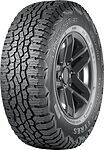
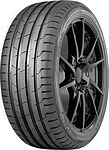
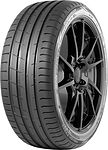
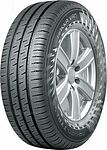
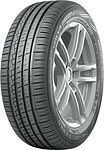
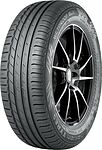
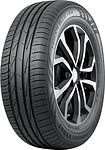
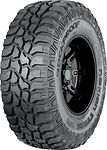
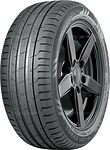
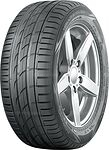
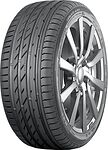
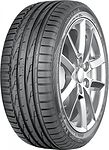
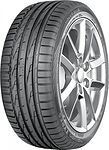
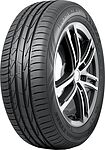
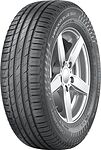

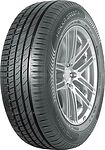

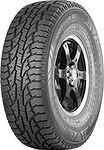
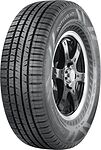
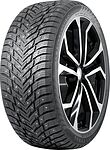
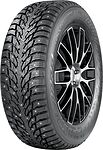
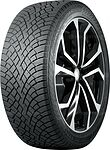
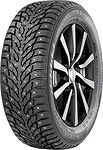
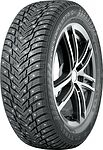
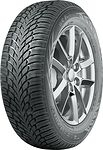
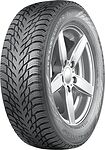
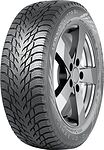
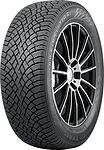
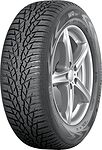

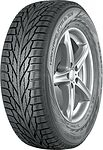

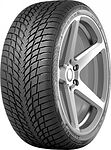
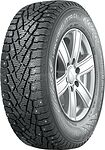
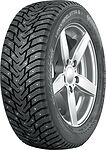
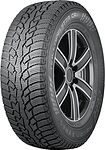

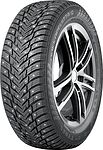
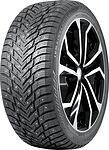
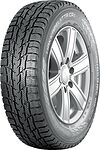


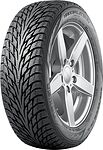
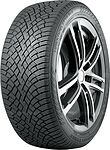
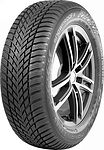


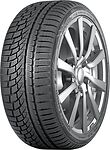
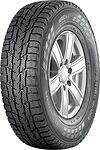

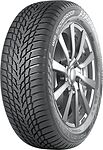
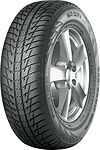



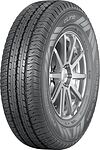

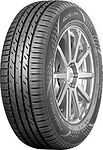
















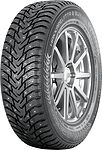









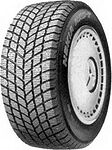
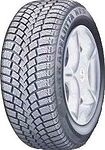



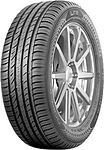




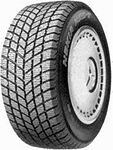













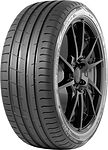


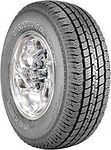
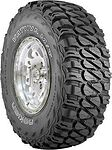




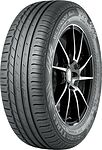






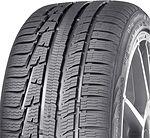



![Автомобильные шины Nokian Vatiiva M/T на автомобиле X-Terra [1312] Автомобильные шины Nokian Vatiiva M/T на автомобиле X-Terra [1312]](/i/w2a/51608582.jpg)
![Автомобильные шины Nokian Vatiiva M/T на автомобиле F-150 [1311] Автомобильные шины Nokian Vatiiva M/T на автомобиле F-150 [1311]](/i/w2a/36521144.jpg)
![Автомобильные шины Nokian Hakkapeliitta 7 на автомобиле RS6 [1297] Автомобильные шины Nokian Hakkapeliitta 7 на автомобиле RS6 [1297]](/i/w2a/31806726.jpg)
![Автомобильные шины Nokian Hakkapeliitta R5 на автомобиле [2177] Автомобильные шины Nokian Hakkapeliitta R5 на автомобиле [2177]](/i/w2a/15535014.jpg)
![Автомобильные шины Nokian Hakkapeliitta 8 SUV на автомобиле [1459] Автомобильные шины Nokian Hakkapeliitta 8 SUV на автомобиле [1459]](/i/w2a/73580832.jpg)
![Автомобильные шины Nokian Rotiiva A/T на автомобиле [1932] Автомобильные шины Nokian Rotiiva A/T на автомобиле [1932]](/i/w2a/42612718.jpg)